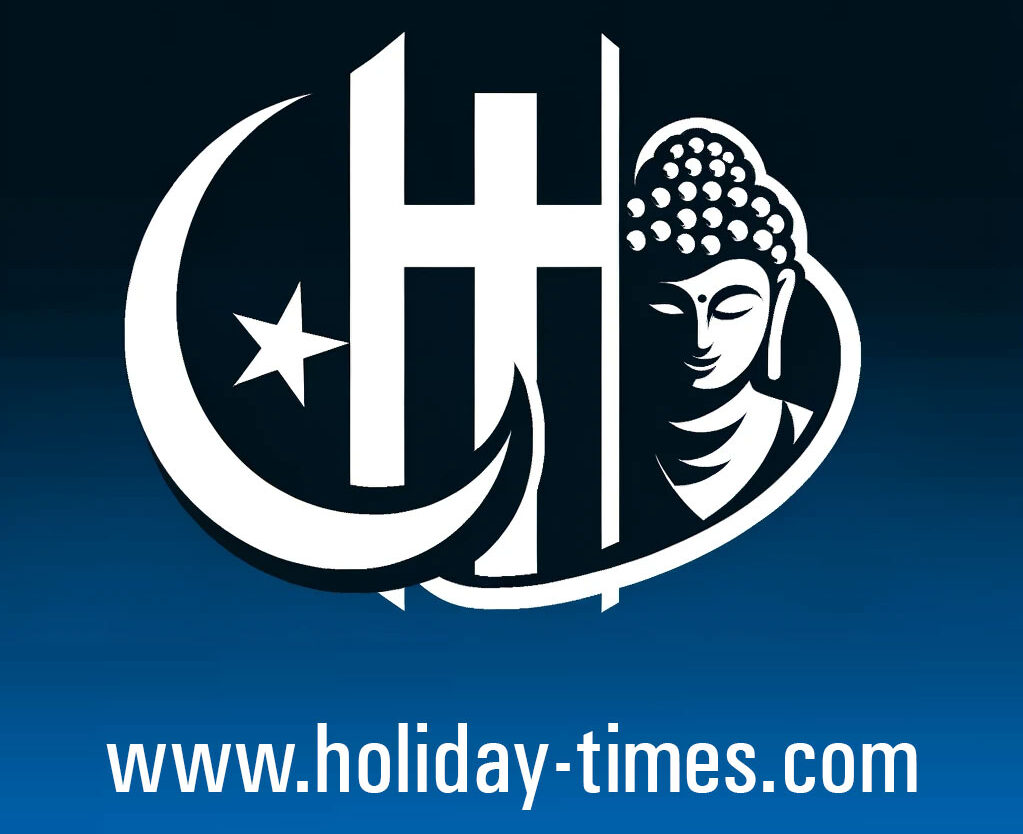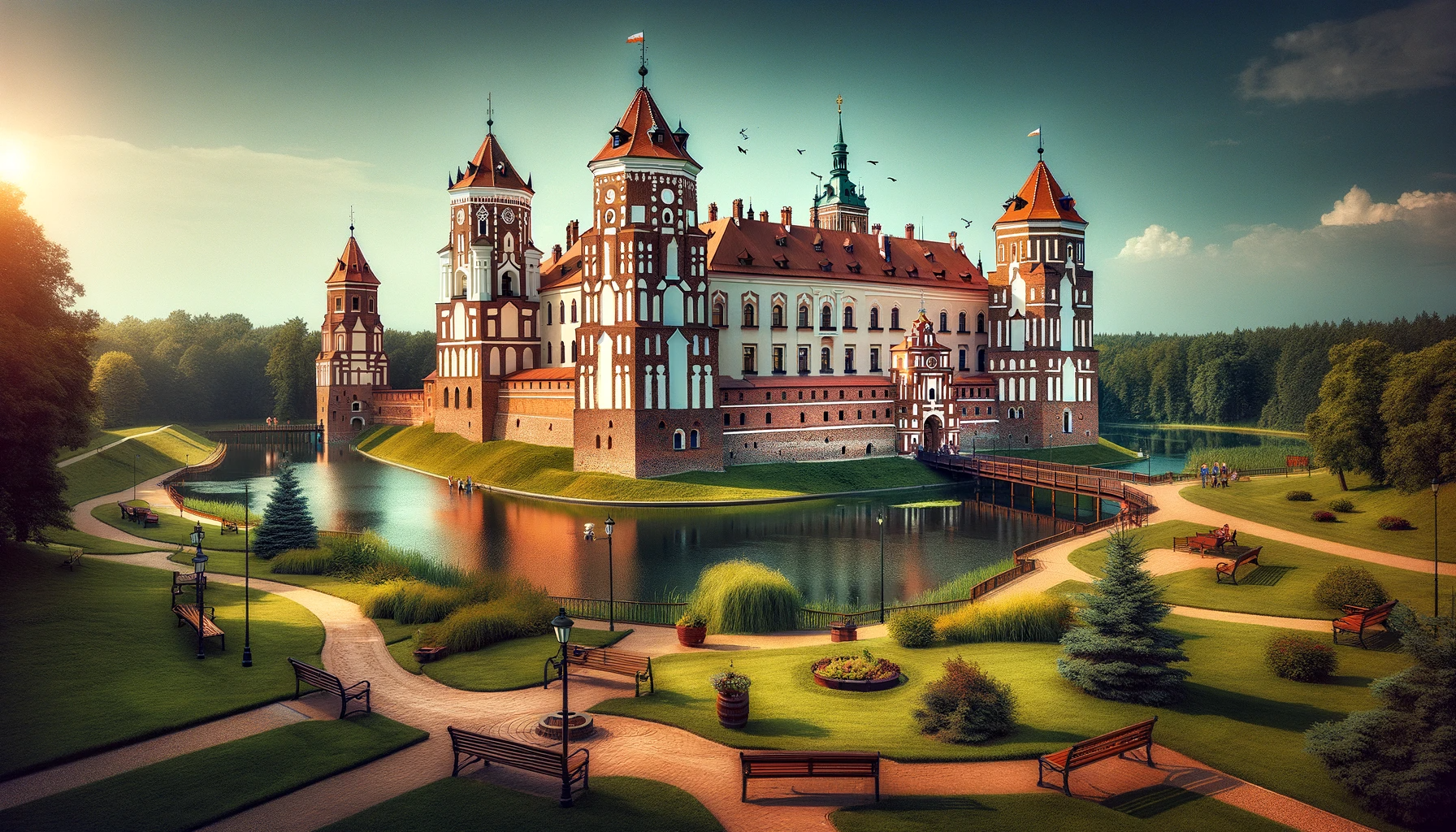Belarus, a landlocked country in Eastern Europe, is known for its vast forests, Stalinist architecture, grand fortifications, and primeval marshlands. The capital, Minsk, offers many Soviet-era structures, alongside cultural institutions. Belarus’ rich history is reflected in its castles, like the Mir Castle Complex, and its World War II memorials. Despite its turbulent past, Belarus presents a unique blend of natural beauty and historical significance, offering a window into the region’s past and present.
List of National and Public Holidays for Belarus in the year 2025
- New Year’s Day is on Wednesday, January 1st.
- New Year Holiday is on Thursday, January 2nd.
- Orthodox Christmas Day is on Tuesday, January 7th.
- International Women’s Day is on Saturday, March 8th.
- Radonitsa is on Tuesday, April 29th.
- Labour Day is on Thursday, May 1st.
- Victory Day is on Friday, May 9th.
- Independence Day is on Thursday, July 3rd.
- October Revolution Day is on Friday, November 7th.
- Catholic Christmas Day is on Thursday, December 25th.
I hope this helps!
List of National and Public Holidays for Belarus in the year 2024
- New Year’s Day – Monday, 1 January 2024
- New Year Holiday – Tuesday, 2 January 2024
- Orthodox Christmas Day – Sunday, 7 January 2024
- International Women’s Day – Friday, 8 March 2024
- Labour Day – Wednesday, 1 May 2024
- Victory Day – Thursday, 9 May 2024
- Radonitsa – Tuesday, 14 May 2024
- Independence Day – Wednesday, 3 July 2024
- October Revolution Day – Thursday, 7 November 2024
- Catholic Christmas Day – Wednesday, 25 December 2024
Belarus: A Nation Steeped in History and Natural Splendor
Introduction
Belarus, often referred to as Europe’s last dictatorship, is a country with deep historical roots and a landscape marked by its Soviet past. Known for its vast forests, traditional villages, and stoic fortitude, Belarus presents a blend of solemn history and natural beauty.
Historical Background
The history of Belarus is complex and turbulent. Having been a part of various states including the Grand Duchy of Lithuania, the Polish-Lithuanian Commonwealth, and the Russian Empire, it gained its independence in 1991 following the dissolution of the Soviet Union. The country’s past is significantly marked by the devastation of World War II and the Chernobyl disaster.
Geographical Overview
Belarus is a landlocked country in Eastern Europe, bordered by Russia, Ukraine, Poland, Lithuania, and Latvia. Characterized by flat terrain and large tracts of marshy land, the country is home to numerous rivers and lakes. The Belovezhskaya Pushcha National Park, a UNESCO World Heritage site, is a remnant of the primeval forest that once spanned across Europe.
Cultural Tapestry
Belarusian culture is influenced by its Slavic heritage, visible in its traditional music, dance, and art. The country’s official languages are Belarusian and Russian. Folklore and literature have played a significant role in preserving the Belarusian identity, particularly during periods of foreign domination.
Economic Landscape
The Belarusian economy is predominantly state-controlled, with major industries including manufacturing and agriculture. Key products include machinery, agricultural goods, and textiles. However, the economy faces challenges such as lack of diversification and political isolation.

Political Structure
Belarus is a presidential republic, with Alexander Lukashenko in power since 1994. His tenure has been marked by authoritarian practices, lack of political freedoms, and suppression of opposition, drawing criticism and sanctions from Western countries.
Society and Demographics
Belarusian society is undergoing a gradual transformation, with an increasing emphasis on national identity and cultural revival. Urban centers like the capital city Minsk are witnessing a blend of traditional and modern lifestyles. The country is also grappling with demographic challenges like an aging population and migration.
Art and Literature
The arts in Belarus reflect its historical and cultural journey. Belarusian literature, with writers like Nobel laureate Svetlana Alexievich, offers profound insights into the Soviet and post-Soviet experience. The country has a rich tradition in theater, music, and visual arts.
Natural Beauty and Tourism
Despite being relatively undiscovered, Belarus offers unique tourism opportunities. Its unspoiled natural landscapes, wildlife reserves, and quaint villages offer a glimpse into a serene, pastoral life. The country’s Soviet heritage also attracts those interested in history and architecture.
International Relations
Belarus’s foreign relations are predominantly influenced by its ties with Russia, being a member of the Eurasian Economic Union. The country is also trying to navigate its diplomatic relationship with the European Union and the United States amidst political complexities.
Challenges and Prospects
Belarus faces challenges in political reform, economic liberalization, and human rights issues. The country’s future lies in balancing its geopolitical position with internal demands for change and development.
Conclusion
Belarus remains a nation of quiet resilience and rich cultural heritage. As it stands at the crossroads of its historical legacy and future aspirations, it continues to preserve its unique identity amidst the changing landscapes of Eastern Europe.

